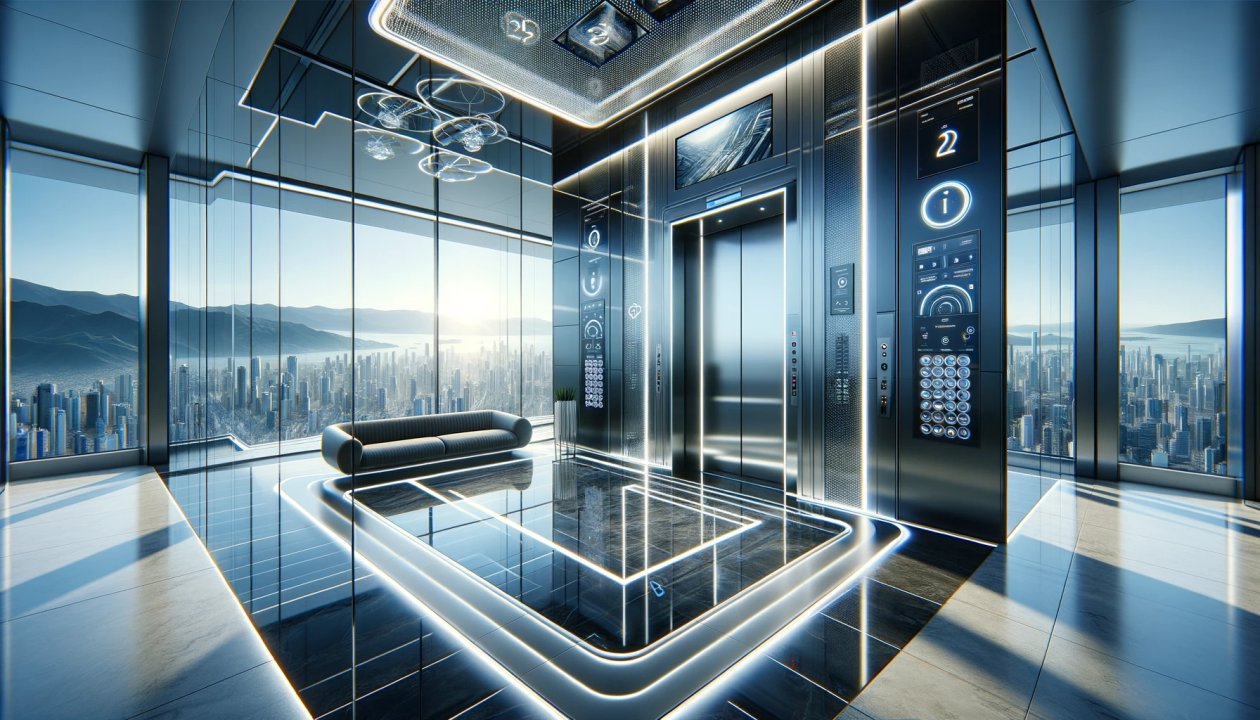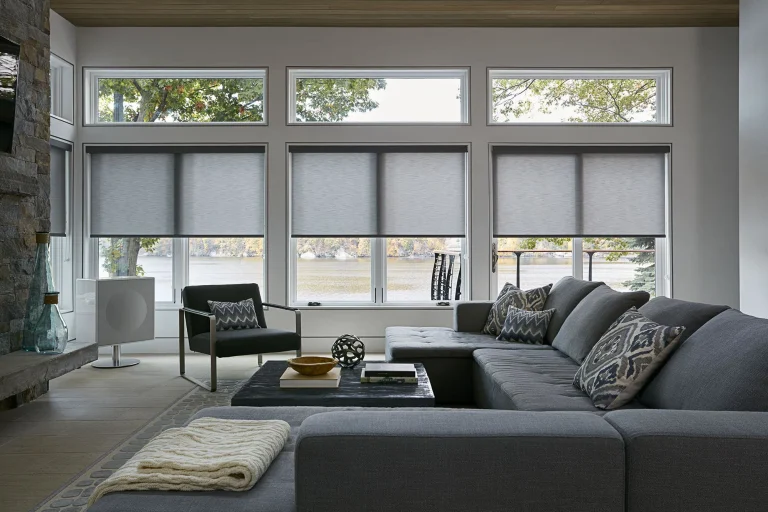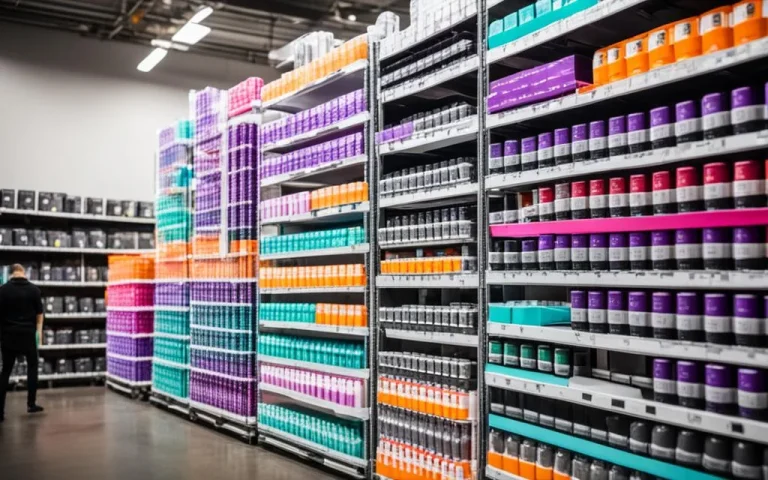The Evolution and Impact of Passenger Elevator Manufacturers
Passenger elevators have become an integral part of modern infrastructure, seamlessly connecting floors in high-rise buildings, enhancing accessibility, and contributing significantly to urban development. The journey of passenger elevator manufacturing is a fascinating tale of innovation, engineering prowess, and an unwavering commitment to safety and efficiency. This article explores the evolution, technological advancements, and the pivotal role of passenger elevator manufacturer in shaping the vertical transportation industry.
Historical Perspective
The concept of vertical transportation dates back to ancient civilizations, with rudimentary hoisting devices being used in ancient Egypt and Rome. However, the modern passenger elevator, as we know it today, began to take shape in the 19th century. The breakthrough came in 1853 when Elisha Otis demonstrated his safety elevator at the New York World’s Fair, showcasing a mechanism that prevented the elevator car from falling if the hoisting cable broke. This invention marked the birth of the modern elevator industry.
The Rise of Elevator Manufacturers
The late 19th and early 20th centuries saw the emergence of pioneering elevator manufacturers who played a crucial role in the rapid urbanization of cities. Companies like Otis Elevator Company, Schindler Group, ThyssenKrupp, KONE, and Mitsubishi Electric became synonymous with reliability and innovation in vertical transportation. These manufacturers were instrumental in the development of elevators that could efficiently and safely transport passengers in increasingly taller buildings.
Technological Advancements
Passenger elevator manufacturers have continually pushed the boundaries of technology to enhance performance, safety, and user experience. Some key advancements include:
- Traction Elevators: The introduction of electric traction elevators replaced hydraulic systems, enabling elevators to reach greater heights and speeds. Traction elevators use counterweights and a system of cables and pulleys to move the elevator car, providing smoother and more efficient operation.
- Machine Room-Less (MRL) Elevators: MRL elevators eliminate the need for a separate machine room, integrating the machinery within the elevator shaft. This innovation optimizes space utilization, reduces construction costs, and simplifies maintenance.
- Destination Control Systems: Advanced destination control systems optimize passenger flow and reduce waiting times by grouping passengers traveling to the same or nearby floors. This technology enhances efficiency and improves overall passenger experience.
- Smart Elevators: The integration of IoT (Internet of Things) technology has given rise to smart elevators that can communicate with building systems, perform predictive maintenance, and provide real-time data to operators. These elevators enhance safety, reduce downtime, and improve energy efficiency.
Safety and Regulations
Safety remains paramount in the elevator industry. Manufacturers adhere to stringent safety standards and regulations to ensure passenger well-being. Regular inspections, maintenance, and the incorporation of advanced safety features such as emergency brakes, fire-resistant materials, and earthquake-resistant designs are standard practices. Organizations like the American Society of Mechanical Engineers (ASME) and the European Committee for Standardization (CEN) play a vital role in setting and updating safety guidelines.
Sustainability and Green Innovations
With growing environmental concerns, elevator manufacturers are focusing on sustainability and energy efficiency. Innovations such as regenerative drives, which capture and reuse energy generated during elevator operation, contribute to reducing the carbon footprint. Additionally, eco-friendly materials and energy-efficient lighting and ventilation systems are being integrated into elevator designs.
The Future of Passenger Elevators
The future of passenger elevators looks promising, driven by advancements in technology and a commitment to sustainability. Manufacturers are exploring concepts like multi-directional elevators that can move horizontally and vertically, revolutionizing building design and urban planning. Furthermore, the integration of artificial intelligence and machine learning is expected to enhance predictive maintenance, improve passenger experience, and optimize energy usage.
Conclusion
Passenger elevator manufacturers have been instrumental in shaping the modern urban landscape. Through relentless innovation, a focus on safety, and a commitment to sustainability, these manufacturers have transformed vertical transportation, making it faster, safer, and more efficient. As cities continue to grow vertically, the role of elevator manufacturers will remain pivotal in ensuring seamless and reliable transportation for generations to come.







